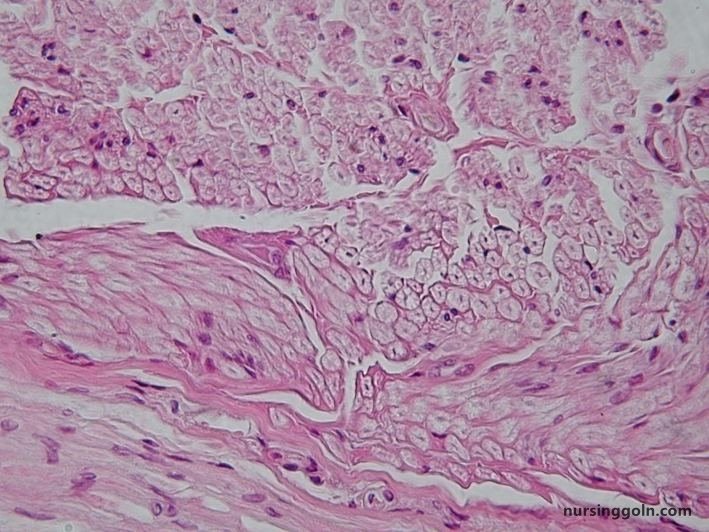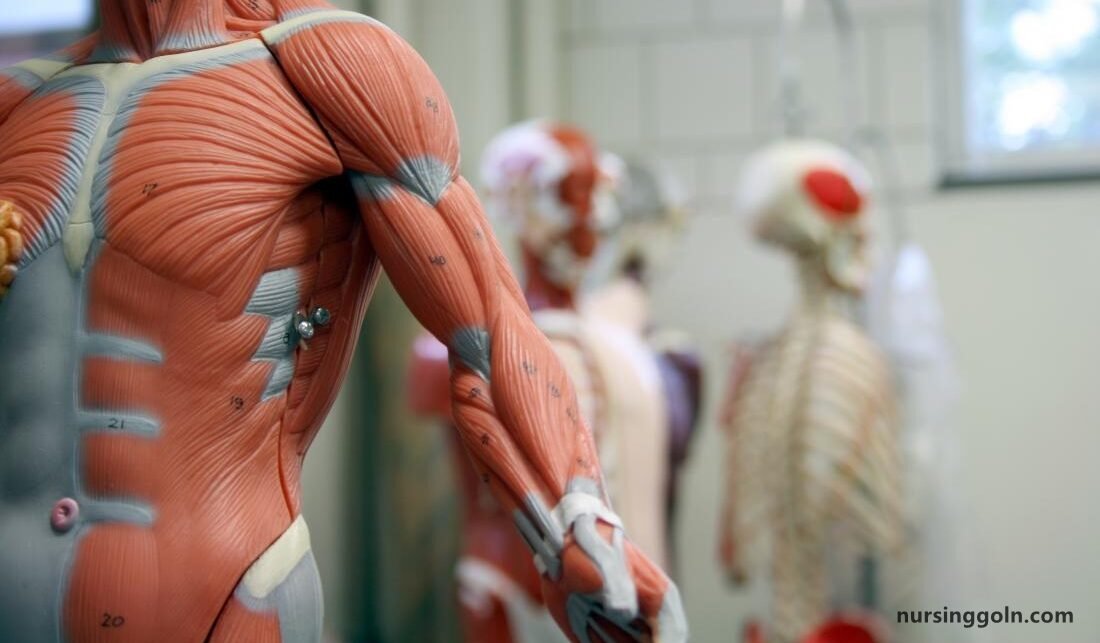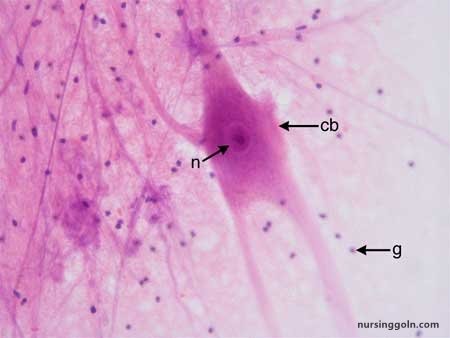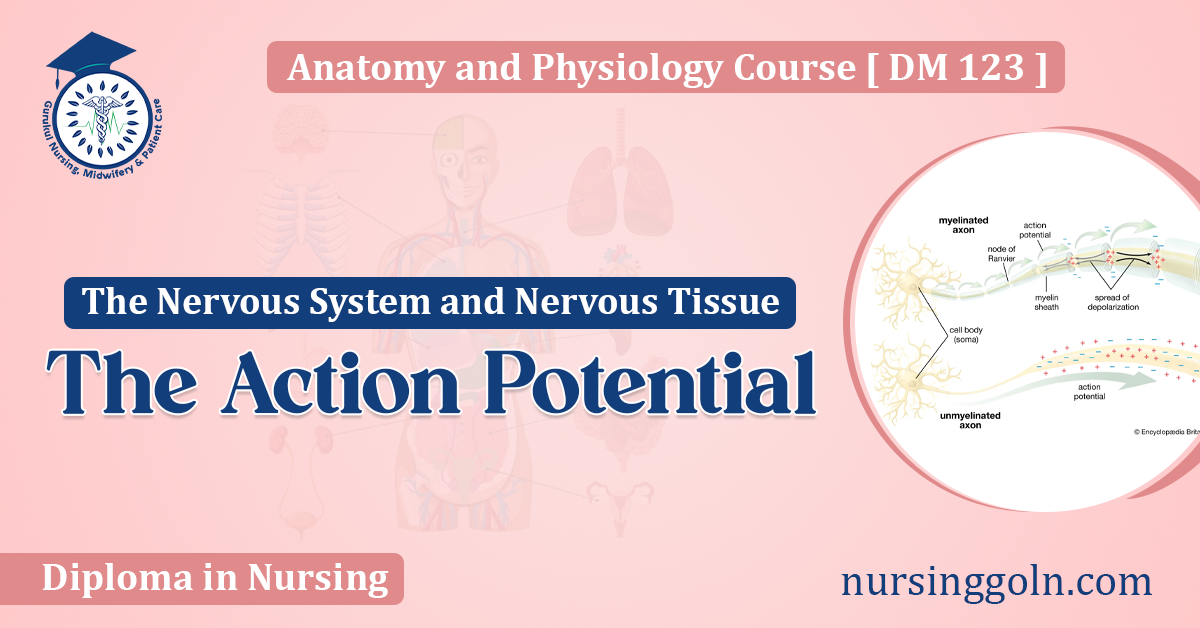Today our topic of discussion is ” the action potential “. The nervous system is a marvel of biological engineering, serving as the body’s primary communication network. At its core is the neuron, a specialized cell designed to transmit electrical impulses. The foundation of this electrical signaling is the action potential, a critical concept for understanding neuronal communication.

The Action Potential: The Nervous System and Nervous Tissue
1. Introduction to Action Potentials
An action potential is a rapid, transient reversal in the voltage that occurs across the membrane of a neuron. This electrical event is the basis for transmitting signals over long distances within the nervous system. It’s a brief, yet powerful, shift in electrical balance.
2. The Resting Membrane Potential
Before diving into the action potential, it’s essential to grasp the concept of the resting membrane potential (RMP). Neurons, when not actively firing, maintain a steady internal environment with a negative voltage, typically between -60 to -70 millivolts (mV). This RMP is established by ion channels and pumps, most notably the sodium-potassium pump, which actively transports three sodium ions (Na+) out of the neuron for every two potassium ions (K+) it brings in.
3. Depolarization and the Threshold
For an action potential to be initiated, a stimulus must first cause the neuron’s membrane potential to become more positive, a process known as depolarization. If depolarization reaches a critical threshold (usually about -55 mV), voltage-gated sodium channels open. This influx of sodium makes the interior of the neuron more positive, setting off the action potential.

4. Propagation of the Action Potential
Once initiated, the action potential moves like a wave along the neuron’s axon. This propagation is facilitated by the successive opening of voltage-gated sodium channels. The flow of sodium ions into the neuron at one spot causes the neighboring region to depolarize, continuing the chain reaction.
5. Repolarization and Hyperpolarization
After the peak of the action potential, the membrane must return to its resting state. Voltage-gated potassium channels open, letting potassium ions flow out of the neuron, causing the membrane potential to return to a more negative value. Occasionally, the efflux of potassium can lead to hyperpolarization, making the interior temporarily more negative than the RMP.
6. The Refractory Period
Following an action potential, neurons enter a refractory period, during which they are less responsive to new stimuli. This period ensures that action potentials only move in one direction along an axon and sets an upper limit on the firing rate of neurons.
There are two stages to the refractory period:
- Absolute refractory period: No new action potential can be initiated, no matter the strength of the stimulus.
- Relative refractory period: A new action potential can be initiated, but it requires a stronger stimulus than usual.

7. The Role of Myelin in Action Potentials
Many axons in the nervous system are coated with myelin, a fatty substance produced by glial cells. Myelin insulates the axon, preventing ion leakage and increasing the speed of action potential propagation. In myelinated axons, action potentials jump from one node of Ranvier (gaps in the myelin sheath) to the next, a process called saltatory conduction. This method is much faster than the continuous conduction found in unmyelinated axons.
8. Integration at the Axon Hillock
Neurons receive numerous stimuli, both excitatory and inhibitory. The axon hillock, the region where the axon emerges from the cell body, acts as a decision-making center. Here, all incoming signals are integrated. If the net effect reaches the threshold, an action potential is fired.

9. Action Potentials and Neurotransmitter Release
The action potential’s ultimate goal in most neurons is to convey information to other cells. When it reaches the axon terminals, it triggers the release of neurotransmitters into the synaptic cleft. These chemical messengers bind to receptors on adjacent cells, perpetuating or modifying the signal.

10. Conclusion
The action potential, with its intricacies and stages, stands as a testament to the precision and efficiency of the nervous system. Through a finely-tuned balance of ions and voltage changes, the neuron can rapidly transmit information over long distances, facilitating everything from reflexes to conscious thought. As research delves deeper into the realms of neurobiology, the wonder of the action potential and its role in nervous tissue remains a central topic of fascination and study.
Read more:
